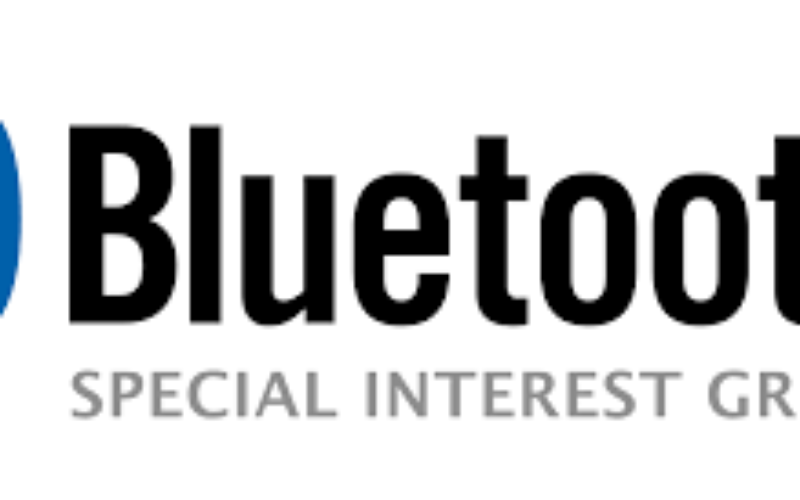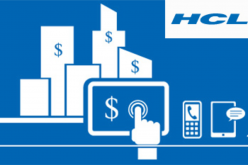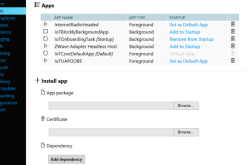The Expansion of the Connected Device Market

The release of Bluetooth® Low Energy laid the foundation for mass adoption in the connected device market. Since 2010, there’s been a steady growth of Bluetooth Low Energy connected devices, and the need for and proliferation of the technology has led to the creation of a number of new connected device market segments, from everyday household items to health and wellness devices to next-generation enterprise innovations.
“Bluetooth Low Energy is the only wireless solution power efficient enough where you could build a product that could last a full year on a small coin-cell battery,” said Mike Farley, CEO and co-founder of Tile. “Plus, it is the only wireless solution that’s on your phone.”
The Bluetooth Low Energy radio is designed for low-power operation, providing developers with a tremendous amount of flexibility, multiple power levels, and security options up to government grade.
Even the wireless audio community, which relies on Bluetooth BR/EDR for audio streaming, is increasingly using dual-mode Bluetooth Low Energy chips to accommodate multiple use cases within audio devices. The 2018 Bluetooth Market Update forecasts that 97% of all Bluetooth chips shipped will include Bluetooth Low Energy technology by 2022.
According to the same report, more than 550 million Bluetooth point-to-point data transferring devices will ship this year alone. That number will increase to more than 850 million by 2022.
What’s behind this aggressive growth? The demand for the fast, energy-efficient, secure exchange of consumer, medical, and enterprise data has paved the way for a mass implementation of Bluetooth Low Energy for point-to-point data transfer and is forecasted to continue to drive adoption over the next five years.
Consumer Wearables
“Bluetooth came into the wearables conversation from the start,” said Dan Rosenbaum, Center Ring Media. “The connection between something you’re wearing on your wrist or in your ear that connects to your phone and to the larger world, the first step of that connection is a Bluetooth connection.”
It’s widely known that Bluetooth powers an extensive range of wearables, like fitness trackers and smartwatches. These devices monitor steps, exercise, athletic performance, and sleep using Bluetooth Low Energy technology to transfer that data in real time for quick sharing and review. And consumer wearables get more sophisticated with each passing year.
Medical Grade Devices
Wearable medical devices have also become an important part of in-home care. Blood glucose monitors, pulse oximeters, asthma inhalers, and other medical wearables all use Bluetooth Low Energy technology to help administer medication, diagnose injuries, and transmit critical information securely from patients to providers.
Enterprise Wearables
Since the dawn of the smartphone, there’s been a bring-your-own-device phenomenon in enterprise environments, laying the foundation for using Bluetooth as an enterprise solution.
Enterprise wearables are now gaining significant traction. New enterprise use cases are driving a rapid growth in wearables in the workforce, including smart glasses and wearable scanners. With 102 million Bluetooth enterprise wearables forecasted to ship in 2022, the enterprise segment is one of the fastest growing within the connected device market.
References: Bluetooth
Connected Homes
A lot of home automation systems are relying on Bluetooth for local level communication with Mobile Devices. This method is largely used by companies at initial stages of product development since it is easier to manage security issues unlike those that arise with WiFi or Ethernet-based systems. The Bluetooth devices are begin upgraded using WiFi to Bluetooth gateways enabling Global control and access using the same.
Beacons
Beacons are being used on a large number for various activities apart from marketing and advertising. Typically beacons are now being evolved for asset tracking and data tracking processes. This enables the user to collect data from assets apart from classic tracking solutions. Hence, Bluetooth devices are proving to give an upper hand to RFID.















